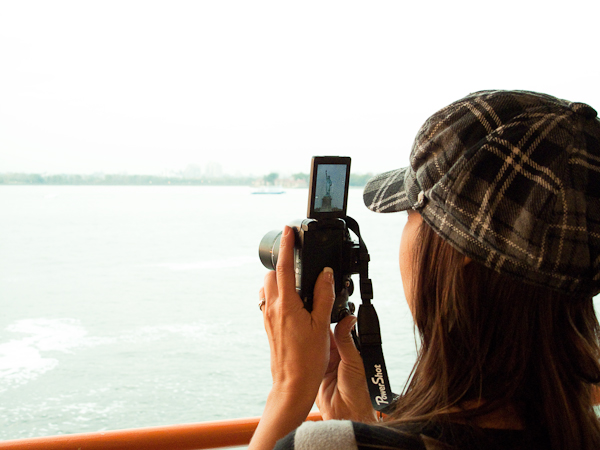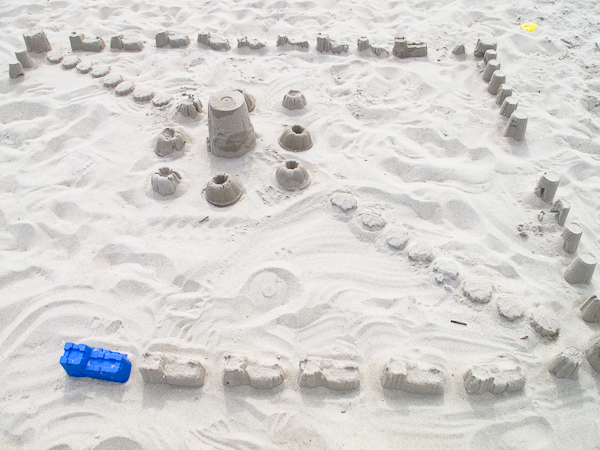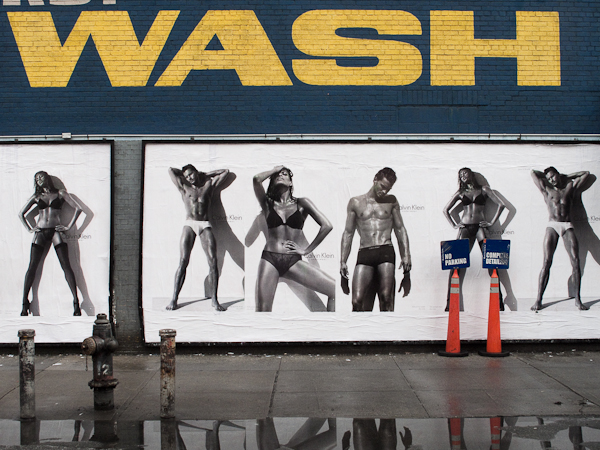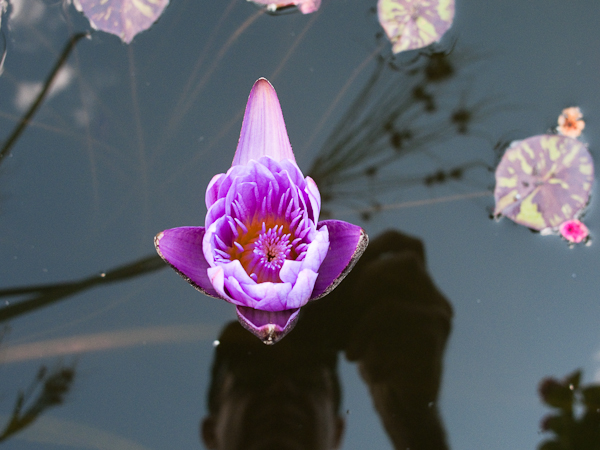Digital Where We Are

I'd like to highlight a foundational part of the conversation. I've mentioned this in class several times, but I want to emphasize it again here, in writing: It's important to know where you are in the digital landscape when you use computers to make pictures.
In class I've talked about the three domains of computer imaging. A metaphor I've used is the three-legged stool. I've also referred to a map, or schematic, that describes three primary arenas within the world of computer-based picture making.
The three basic areas are Capture, Control, and Display. Here again are the basic distinctions in terms of purpose, hardware and software.

Capture
Snag the image using a camera or scanner (that's the hardware). They're everywhere in our lives: DSLRs, cell phones, snappy digi shooters, and all manner of scan-type (non-camera obscurra) devices. As well, as you know, there's no distinction anymore (or very little) between still and motion capture — each device is both simultaneously. On the software side of capture we can choose between many different options, but the most popular (in the classes I teach) is Adobe Camera Raw. (There are many others but sort of by convention, really, that's the one we use most often.) Purpose: when you're working in Capture mode, you're paying attention to posture and position in order to gather up the images you'll transform into pictures.

Control
At the computer (that's the hardware) you sort and manage the raw material harvested in the capture phase. Using software such as Lightroom, Bridge, Aperture, flickr, Snapfish (and there are many others, sometimes known as asset management applications), you pay attention to issues of content and framing as you sort and rate the effectiveness of individual frames or sequences. Along the way you're also entering and editing metadata names, dates, time code, and GPS locations so that details are clear and organized for future captioning and timeline construction. As well, in the sorting process, you're paying attention to copyright and ownership tag lines, and connecting individual frames and sequences with relevant URLs and voice recorded data from the field. All in all, in the Control phase of the process, you're engaging deeply with mental and visual sorting at a fairly intense and specific intellectual level.

Display
At the computer (again) you manipulate the data that has been captured and sorted (in the Control phase) to create the display (print, screen, billboard, projection, whatever) that your audience will see. Hardware in the Display arena varies depending on the specific goals of your project. A fairly robust imaging computer that's been calibrated to the appropriate standards is probably a necessity. In addition, you'll work with various printing devices that output on films, papers, fabrics, or other surfaces. Most likely, as well, you'll work with specialized technicians who have journeymen training on those devices, so your ability to communicate effectively about standards and parameters becomes especially important. Software: Photoshop is the most commonly known printing/display application. It's the heavy lifting tool of the industry, but not the only one around. In fact, depending on your project, Photoshop might be only one of a suite of applications that will include Flash, Illustrator, InDesign, Final Cut, and any number of other specialized display software. Purpose: in the Display phase of your project you're paying attention to perceptual issues as they relate to content. You're asking yourself about meaning and mood, emotion and form, and always gauging your own internal response against your expectations and larger purpose. Often (once you're fluent in the specific software and hardware) your work in the Display phase of the process will feel intuitive and automatic; your body and mind seem to merge into each other; and you find yourself at the end of long stretches of intense attention with prints or sequences that you can only barely remember having made.
For me, and for many artists I know, the truly pleasurable days come in either the capture or display phase of our work. Almost no one relishes the long computer hours that the control phase requires. Logging footage, editing metadata, and rating, sorting and managing digital files just isn't what we saw ourselves doing as picture makers. And yet, truly and fundamentally, it's all part of the process.
Why do I keep harping on this stuff? Because you've got to know where you are. Keeping your balance in this learning process is difficult already, getting confused about what you're trying to do at any given moment only makes it more difficult. Remember, the work isn't about the computer. The computer is a gateway to where you want to go. Don't get stuck in the muck of buttons and plastic. Push through it by reading the map carefully and paying attention to the specific task at hand.

Comments